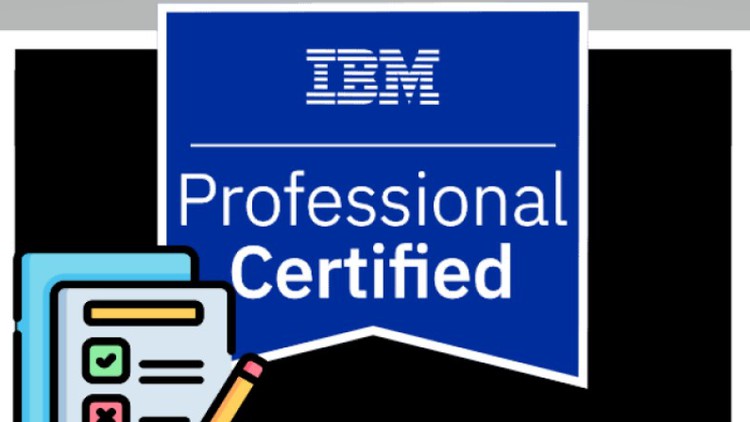IBM Qradar Certified Administrator/Analyst
Practice exams to obtain the IBM Qradar Certified Administrator/Analyst (100 QUESTIONS!)

11
students
100 questions
content
Feb 2023
last update
$19.99
regular price
What you will learn
Offense and log analysis
Understanding reference data
Rule and building block understanding
Searching and reporting, regular and adhoc reports
Understanding basic QRadar tuning and network hierarchy
Basic concepts of multi-domain QRadar instances
Related Topics
5136272
udemy ID
2/4/2023
course created date
4/4/2023
course indexed date
Bot
course submited by